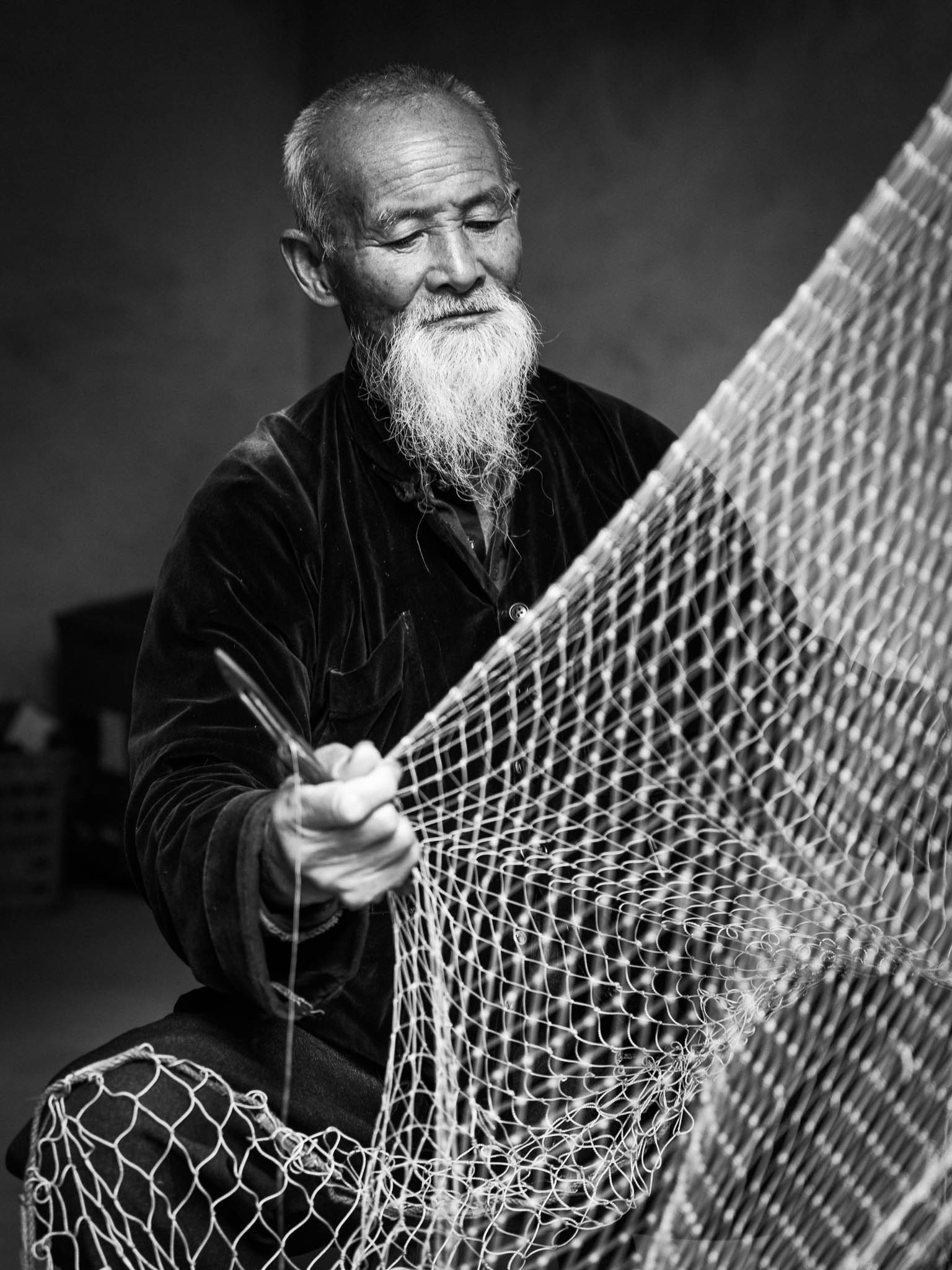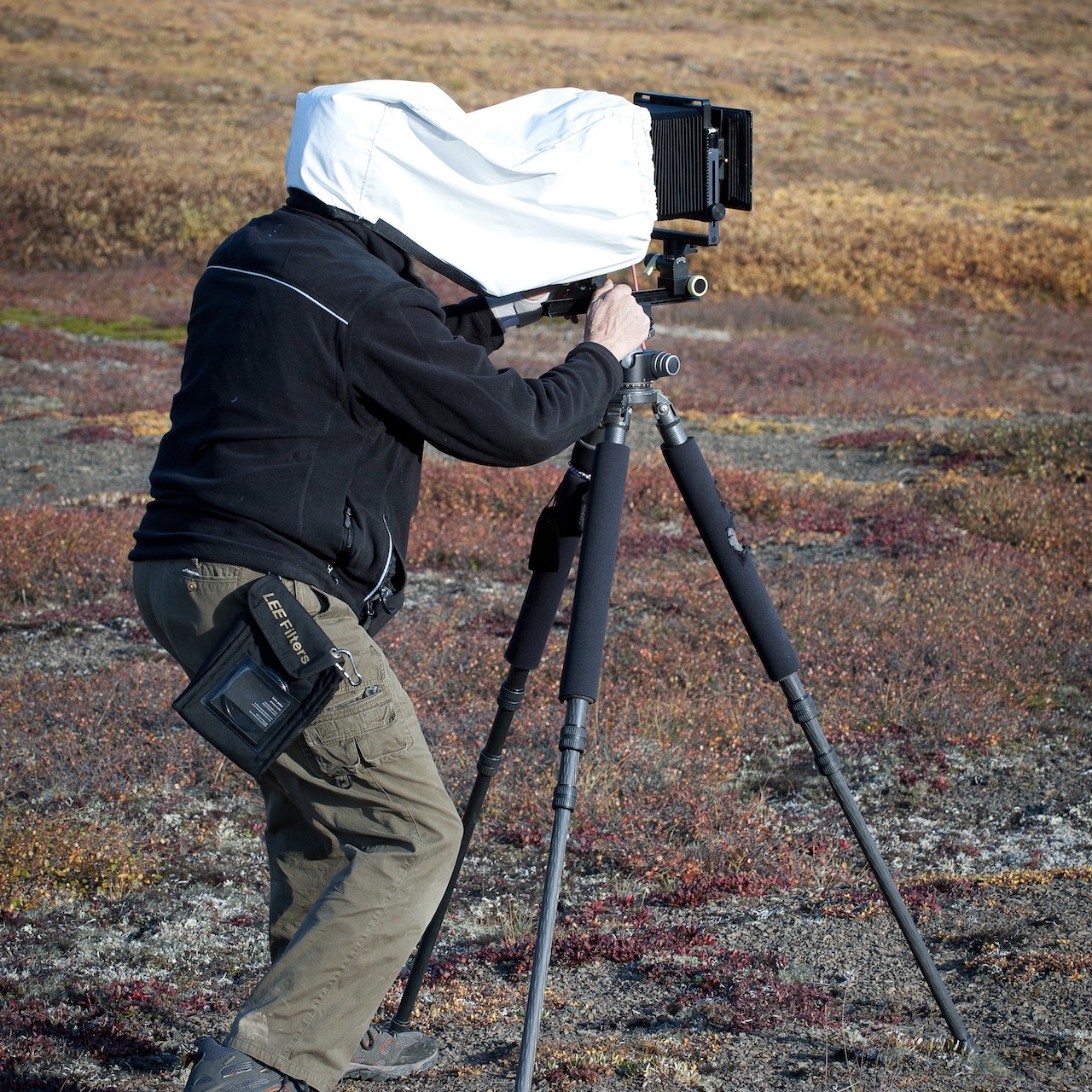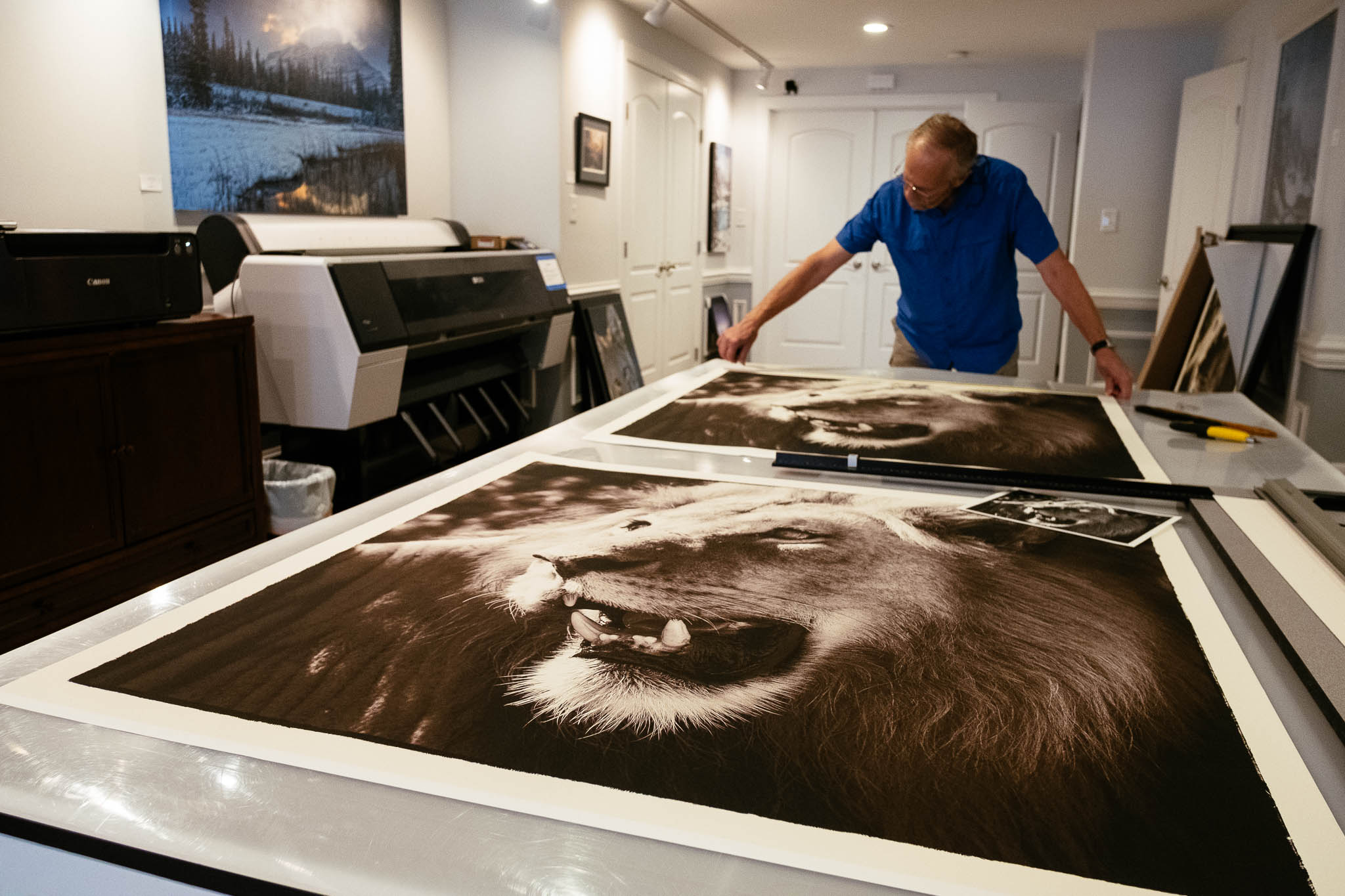
The Journey to Fuji GFX
Wise people have long said that life is a journey, and for me photography has always been that and more. It’s one that I still actively seek, a work very much in progress, an adventure, really. Photography is a perfect metaphor for that journey, a series of challenges, of learning, adapting, and refining my art. I’d like to share with you my latest mile in that journey.
Origins
For nearly fifty years I was a dedicated 35mm shooter, in my case Nikon. Through model after model, film to digital, Nikon served me well, whether photographing for National Geographic publications, capturing wildlife, or recording landscapes that I loved. But, like most professionals, I wanted more, always more. More dynamic range, more detail, more features, better lenses.
As I evolved from photojournalism to more artful forms of expression, I came to understand that 35mm would never fully meet my needs. I shot film on a 4x5 view camera that I enjoyed, but that rigid system lacked the flexibility and portability that I needed.

And so I switched to Hasselblad digital medium format for several years. I wanted better dynamic range, luscious files that didn’t have that pixelated digital look and, perhaps most importantly, a more responsive tool in my hands. Hasselblad files were magnificent, but sadly Hasselblad was not the answer for a field photographer like me. I found the system awkward to use, the menus too deep, the operation finicky, the camera heavy and bulky, and the system not geared to the field needs of a professional travel, wildlife and landscape photographer.
Enter FujiFilm
About two years ago, my assistant introduced me to Fuji’s new medium format system. I was intrigued and researched it thoroughly before pulling the trigger and purchasing my first Fujifilm GFX 50S. To say that this camera was like manna from heaven is an understatement. After some serious field testing and customization, I found it to be the perfect tool for my photographic journey. I sold my Hasselblad gear in short order.
My experiments with other medium format systems I found to be far more suited to a staid studio environment, an art form I respect but rarely do. Ultimately, I found myself going back to Nikon and feeling a bit let down in terms of the quality I sought, but at least the Nikons worked in my real world.
I kept my extensive collection of Nikon equipment until recently. Then, after much agonizing and nights of serious lack of sleep, I sold every last piece of my Nikon heritage. Done and gone.
So, why would I take such a radical step? Glad you asked. Here are my main reasons (although there are several more minor ones). As you’ll note, I am not a techno-reviewer. Technical specs are meaningless to me. What matters most is ease of use and the resulting image files.
First, as a landscape/nature/travel photographer working in some wild and wooly places, I’ve always struggled in my quest for ultimate image quality, while balancing the reality of shlepping way too much gear miles into the middle of nowhere. My gear has to be rugged, weather resistant, and afford me operational ease. I need a camera system that deals with the harsh realities of working well in the real world, from jungle humidity that rots your socks, to arctic ice that freezes them, to the middle of the Sahara desert in a sand storm that makes those socks feel like sandpaper. My GFX system is suited for all these conditions.
Throughout my career, I’ve quested for ultimate image quality, not for Instagram or meaningless pixel peeping, but due to the nature of my art… fine art prints. In our studio we make big (sometimes H-U-G-E) fine art prints of highly detailed subjects in real world light at sunrise, sunset, and in the blackness of an Arctic winter night.

Then, the revelation! I found the Fuji GFX 50S mirrorless system. It is not just acceptable for my art, but truly exceptional. I have never had such customizable, functional buttons, ready to engage my creativity with the press of a finger. The camera has terrific hand feel. I absolutely love the tilting viewfinder, which suits my working style. It eliminates the need for right angle finders and goofy loupes hanging around my neck and allows for a more stable shooting platform. I love having all the info I need showing in my customized viewfinder, with no extraneous distractions. Focus is fast and spot on. But none of that actually matters if the files are not what I want, and the GFX files are simply the best I’ve ever experienced.

The Journey Continues: GFX 100
Just a month ago I bought a Fuji GFX-100, the newest 100 MP addition to the GFX lineup. Frankly, I am still in the field testing stage with this beauty, but so far it has surpassed even my high expectations. I’ll cover its pluses and minuses in a future blog, but for my primary artwork - making very large fine art prints - the extra pixels combined with a huge dynamic range are major benefits.
Operationally the GFX lineup is perfectly suited to my sometimes contemplative, sometimes quick-draw real world scenarios. The controls don’t distract me with menu diving, instead allowing me to concentrate on the subject and the fundamentals of good composition and good lighting. Ultimately the nuts and bolts, specs and features should only be there in service to the subject and your artistic goals, right?
Lenses
The final critical aspect of a high-end camera system is the quality of its lenses. In this arena, Fujifilm excels. After all, for many years Fuji manufactured the legendary lenses for Hasselblad. I currently own four Fujinon lenses: the 23mm, 32-64mm, 120mm macro, and the 250mm with the 1.4 tele-extender. Edge-to-edge sharpness is amazing (am I sounding like a broken record?) and bokeh ranks right up there.
Sure, I’d like the lenses to weigh a little less than they do, but how can I argue when the resulting images are so gorgeous? I’ll also have more to say about the lenses in a future blog. My only real complaint is that I would welcome a Fujinon tilt-shift lens or two.
So, there you have it. My students and clients were shocked to learn of my deep-sixing my Nikon system, but when they see me at work, I get lots of serious questions about the transition to Fuji medium format. True, it’s a major commitment, including to one’s budget, although the GFX system is not much more expensive than a high end Nikon or Canon system. Even if it were significantly more expensive, I would pinch pennies to create my art with it.
So, for those photographers seeking to up their game to better resolution, detail, IQ, user interface and customization, I can honestly say that the Fujifilm GFX system is worth serious consideration. After all, it just may end up being a part of your journey.